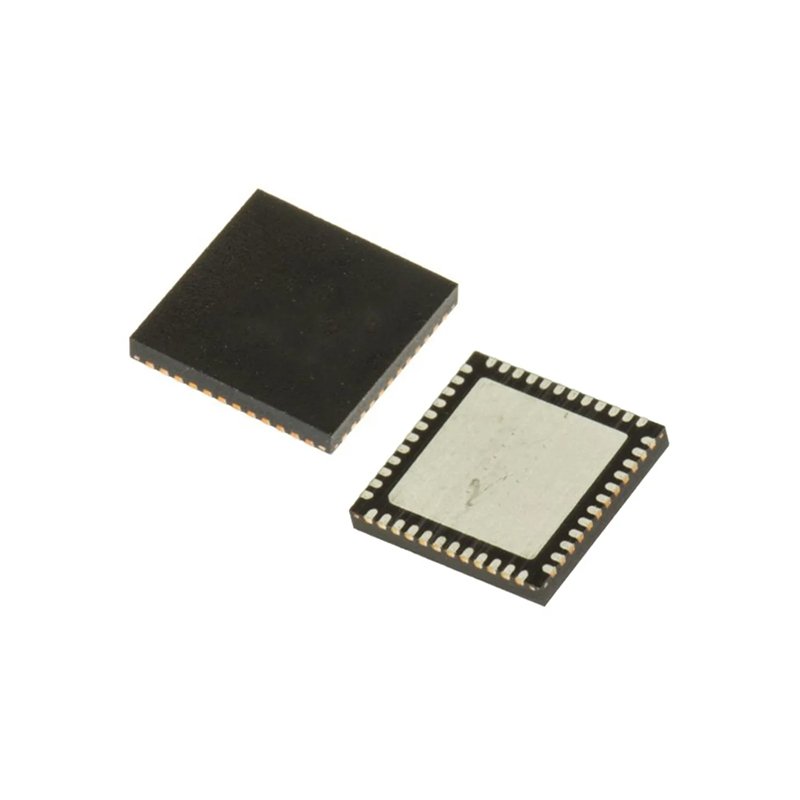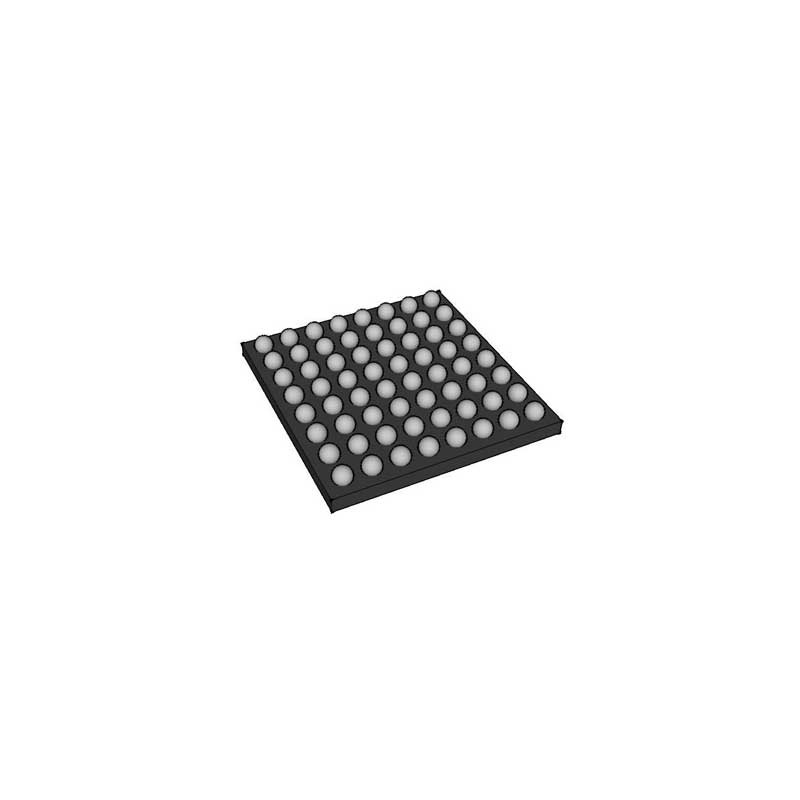Application Solutions for Communication-aware Integration
 Published: Apr 28, 2023
Communication Network
Share:
Published: Apr 28, 2023
Communication Network
Share:
1. What is Communication-aware Integration?
Through-sense integration is communication-perception integration. In other words, communication and perception are merged.

That said, everything in this world is, by and large, connected.
For communication, we are very familiar with it. By sending and receiving wireless signals between base stations and cell phones, we can make phone calls, listen to music, brush the video on that small screen, and the world is closely connected.
Perception, as the name implies, is to detect the state of the surrounding environment through certain means, the location, direction, height, speed, distance, but also to determine the shape of objects, and even human gestures.
This is not the job duties of the radar?
The basic principle of radar, is to send out radio signal, and then through the detection and analysis of the received reflected signal to carry out high-precision perception work.
Simply put, when radio signals encounter different media or objects, they will change differently due to reflection, refraction, and scattering. If we can accurately measure and analyze these changes, we can get information about the characteristics of the object or medium, such as shape, size, location, material, etc. This is equivalent to radar using radio waves to "detect" the changes. This is equivalent to radar with radio waves "sense" the object or medium.
In addition to ordinary radar, there are also lidar, computed tomography, magnetic resonance imaging and other equipment can also provide professional perception capabilities.
Do you see the connection between communication and perception now?
- 1. Both communication and perception require the use of radio spectrum resources, which are very scarce and valuable. If the same radio signal can be used for both information and sensing, then spectrum resources can be saved and spectrum utilization can be improved.
- 2. Both communication and sensing require the use of similar hardware devices (e.g., antennas, amplifiers, filters, etc.), which are also very expensive and complex. If we can make one set of devices support both communication and sensing, it is equivalent to saving hardware cost.
- 3. Both communication and sensing require similar information processing (e.g., coding, modulation, demodulation, decoding, etc.), and this process is very complex. It would be nice to have a set of algorithms that can perform both communication and sensing, doubling the capability at a limited cost.
If the radar function can be integrated into the base station, a set of equipment to achieve both communication and sensing functions, and to achieve the communication-assisted sensing, sensing-assisted communication, both can be considered a win-win situation like a nirvana rebirth.
As mentioned above, the integration of communication and sensing systems is called "communication-perception integration", or "communication-sensing integration" or "communication-sensing".
The narrow sense of integration refers to the above-mentioned communication system with the ability of range, speed, angle, imaging, target detection, target tracking and target identification, etc., which is also called "radar communication integration" in the early days.
The broad sense integration refers to the communication system that has the ability to sense all services, networks, users and terminals, as well as the properties and states of environmental objects, which can have the ability to sense beyond the traditional radar.
As the 5G spectrum expands from the traditional Sub6G to millimeter wave, the reduction of wavelengths allows the ability of sensing to continue to improve. Therefore, in the second half of 5G, the 5G-Advanced phase, communication-aware integration is on the standardization agenda.
In the future 6G, the spectrum will be expanded to terahertz, and the sensing capability will be further enhanced, giving us more room for imagination.
2. Application Solutions for Communication-aware Integration
As a key technology in the 5G-Advanced phase of research, one of the core visions of 6G, pass-sense integration can superimpose buffs on communication base stations and terminals to help us do many things and achieve many previously unimagined goals.
The following are some typical scenarios of pass-sense integration applications.
Low-altitude security
With the development of consumer-grade drones, the phenomenon of drones flying randomly and indiscriminately is becoming more and more serious due to the difficulty of monitoring. Although this is not a big problem for individuals, but for some units that need to be kept secret, the tighter ground security, but also can not stop the drones flying in and out like nobody's business, without permission in the air to shoot at will is not too easy.
To prevent drones "black" caused by leaks, collisions and noise and other problems, the need for efficient, low-cost deployment of low-altitude security systems. The current UAV security market a variety of detection programs co-exist, but are facing many limitations in technology, efficiency, cost and so on. Communication-sensing integration technology, which allows the need to deploy low-altitude security areas of multiple base stations in seconds to radar, combined with the computing power resources within the base station, quickly build a low-altitude security system, as long as the base station signal can be reached, it can be real-time positioning and tracking of invasive drones for the next step in the security system decision-making reference.
In turn, based on the imaging, map building and environment reconstruction capabilities provided by pass-sense integration, the system can turn passive into active, sending drones for reconnaissance, logistics dispatch and other activities, and can perform automatic navigation and path planning in unknown environments based on multi-station sensing capabilities.
Intelligent Transportation
In the connected vehicle scenario, it is necessary to identify and sense the road itself and the environment, identify the vehicle position, speed and direction of movement, and identify abnormal events on the road.
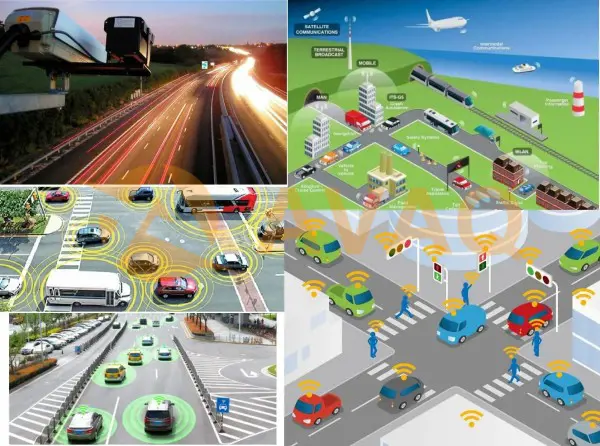
The integrated sensing system can sense the traffic status on the road in real time, realize the efficient cooperation of people, vehicles and roads, guarantee traffic safety and improve the operation efficiency of the transportation system.
The through-sense integrated system can use the characteristics of high communication base station site and wide coverage to sense the traffic flow and speed information of the lane in real time, large range, while detecting pedestrian or animal road invasion, effectively implementing road supervision, guaranteeing traffic safety and improving traffic efficiency.
Smart Home
Although it is technically feasible to monitor the home based on cameras and analyze human movements as well as behaviors, the risk of personal privacy leakage is also great.
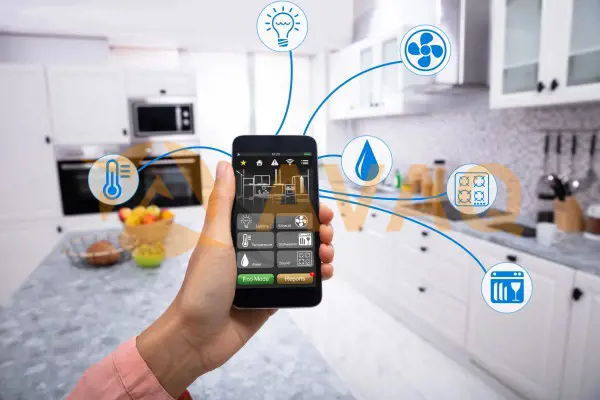
Therefore, the applicability of camera-based smart home solutions is limited, and wireless-based solutions have become a recognized trend in the industry.
Communication-sensing integrated systems can use wireless signals emitted from base stations or Wi-Fi routers to achieve fine sensing of human movements and behaviors, providing richer functions for smart home systems.
For example, using communication-sensing integration, it can realize that people come to light up, and people go to light off; it can switch to manipulate any electrical appliances through different postures, and also realize the virtual piano playing at the beginning of this article; when children climb to the window balcony, or the elderly fall and other dangers occur, send a notification to the residents; when someone enters while the residents are away from home, it will trigger the security alarm.
In addition to the above-mentioned home control, security monitoring, the indoor pass-sense integration also allows for behavior monitoring. Through table tracking, positioning and identification, the system can monitor and analyze and judge human behavior.
For example, it is possible to determine which family member is involved by fine monitoring and identification of gait, and it is also possible to further analyze the proportion of time each family member spends watching computer, TV, sleeping, walking and other activities, the activity interval and the quality of sleep.
Social governance
There are many other unexpected uses of communication-aware integration, such as climate and environment monitoring, public safety management, and other important aspects of social governance.
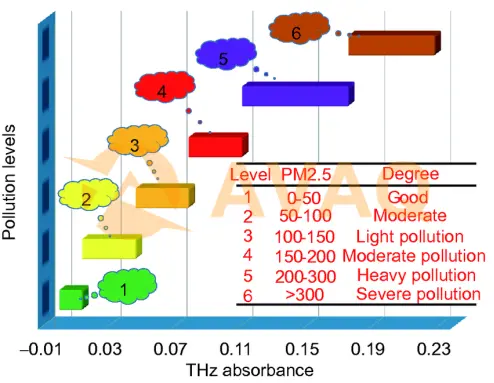
In climate and environment monitoring scenarios, with the ubiquitous nature of wireless networks, base stations can send communication-aware integrated signals and analyze and obtain change characteristics such as integrated signal strength by combining the characteristics of water molecules, dust and various chemical substances on the decay of wireless signals to achieve real-time monitoring of precipitation, pollutant gas emissions and air quality, etc.
Atmospheric PM2.5 pollution classification based on terahertz spectroscopy In terms of public safety management, real-time detection through sensing functions can realize functions such as typhoon warning, flood warning and sandstorm warning to reserve time in advance for disaster prevention.
Intelligent medical care
In health care, communication-aware integrated system can effectively realize health monitoring and management while realizing high-speed communication.
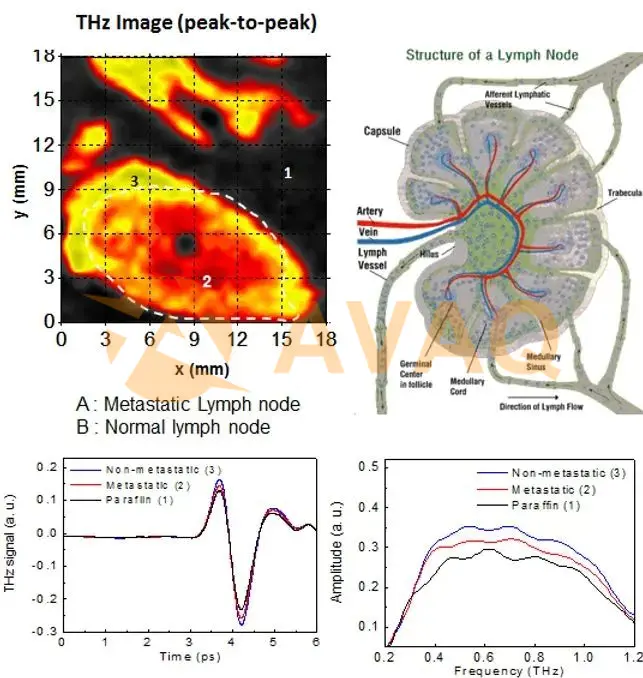
Existing technologies have realized the use of communication signals to monitor human breathing and heartbeat. When abnormal respiration and heart rate are detected, early warning information is transmitted back to the user in real time through the communication link, enabling real-time monitoring functions.
At the same time, terahertz imaging and spectroscopy will also give great imagination to the healthcare field. For example, terahertz can detect cancerous tissue and dental caries, as well as monitor sweat, tears, saliva, peripheral blood and tissue fluid.
Terahertz imaging to diagnose metastatic lymph nodes in cervical cancer patients It can be said that in the future, a terahertz-based communication-sensing integrated system can monitor your health status anytime and anywhere, so that all diseases can be invisible.
What Challenges Are Communication-aware Integration Faced
Here are some of the challenges that communication-aware integration must address
Self-interference
To achieve communication sensing integration, it is necessary to transmit a signal while receiving the echo signal reflected back from the detection target. Obviously, the transmitted signal and the echo signal are on the same frequency, and the signal strength of the transmitting link is generally much greater than that of the receiving link, thus causing strong co-channel interference to the receiving link.
This kind of interference caused by the system itself, called "self-interference".
Specifically, "self-interference" according to the source of the different antenna self-interference in the space domain, as well as RF domain self-interference and digital domain self-interference.
Self-interference challenges of the integration of the sense of the antenna between the self-interference refers to the transmitting antenna signal is directly leaked by the receiving antenna reception. Due to the close distance between the receiving and transmitting antennas, the interference signal energy is large, which brings great problems to the subsequent data processing.
RF interference refers to the phenomenon that the signal leaked from the RF link at the transmitting end to the RF link at the receiving end. Digital self-interference, refers to the transmitter side into the part of the digital domain clutter signal leakage and superimposed on the receiver side, forming a source of interference.
The above-mentioned inter-antenna self-interference signal, RF self-interference signal and digital self-interference signal are mixed in the echo signal generated by the detection target, which reduces the quality of the received signal and leads to a lower percentage of useful signals, increasing the difficulty of target sensing and detection.
Synchronization problem
Single-station sensing has little impact on sensing because the transceiver shares the same clock source, and synchronization. However, for multi-station sensing, as the signal transmission and reception are performed by different base stations, if the base stations are not synchronized with each other, it will have a great impact on the sensing accuracy.
Between the base stations of 5G communication system, the synchronization error of microsecond level can meet the basic requirements of low latency and high reliability communication. However, for pass-sense integration, the positioning accuracy reaches at least meter or even decimeter level, and 1 microsecond synchronization error between transceiver base stations can lead to 300 meters of distance sensing error.
Therefore, to achieve pass-sensing integration, it is necessary to use software and hardware algorithms to control the synchronization error between base stations to nanosecond or even picosecond level. This is a necessary condition to achieve high-precision sensing.
Algorithm power problem
In order to obtain the ultimate sensing experience, the pass-sensing system places high demands on sensing performance and sensing real-time.
For example, for the perception of high-speed moving targets such as vehicles, in order to track the location of the vehicle in real time, it is necessary to quickly process the perception data in a short time and obtain the perception results and transmit them back to the user.
For the perception of drone intrusion, since drones reflect very little signal energy due to their limited surface area, they need to solve the exact location with high complexity algorithms.
For health care, the backend needs to simultaneously process a large amount of user's health detection data and complete the solving of parameters such as breathing and heartbeat.
For the above-mentioned application scenarios of pass-sense integration, on the one hand, we need to design high-precision perception algorithms. High-performance algorithms, which imply high complexity, have higher requirements for computing power.
On the other hand, sensing in real time places extremely high demands on the processing and return of sensing results, requiring the system to provide faster transmission rates, sampling rates, and processing rates.
The current communication system, regardless of network architecture or hardware, can hardly support such a large scale of arithmetic. Therefore, we need to take the arithmetic power into consideration and extend the concept of communication-sensing integration to "communication-sensing-arithmetic integration".
Recommend Products
Related Solutions
-
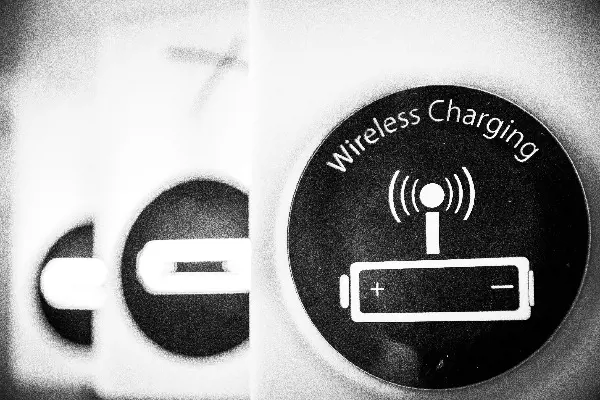
NXP Introduces High-Power Wireless Charg...
NXP Semiconductors announced the first high-power wireless charging solution for notebooks and 2-in-...
Apr 28, 2023 Consumer Electronics -

Multifunctional Street Light Automatic C...
The street light automatic controller is suitable for the automatic control of street lights in resi...
Apr 26, 2023 Consumer Electronics -

How Can IoT Solution Providers Build a S...
The Internet of Things (IoT) has been attracting a lot of attention in the industry for its security...
Apr 25, 2023 Consumer Electronics -
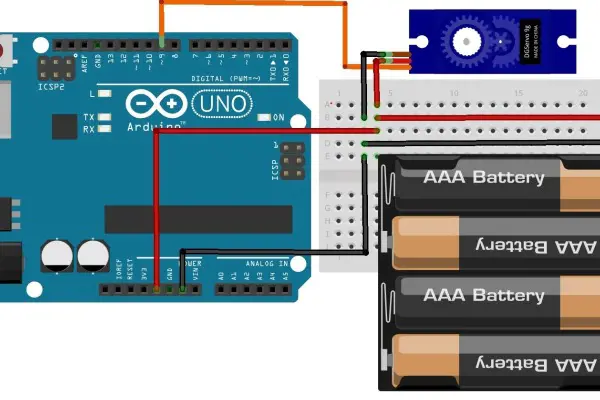
ADI Proposes a Solution for Servo Motor ...
For motor control solutions, ADI offers a comprehensive portfolio of products, including analog-to-d...
Apr 25, 2023 Consumer Electronics -

IoT Transforms and Adds Value to Consume...
The Internet of Things (IoT) is taking consumer electronics to another level and could lead to the n...
Apr 26, 2023 Consumer Electronics -
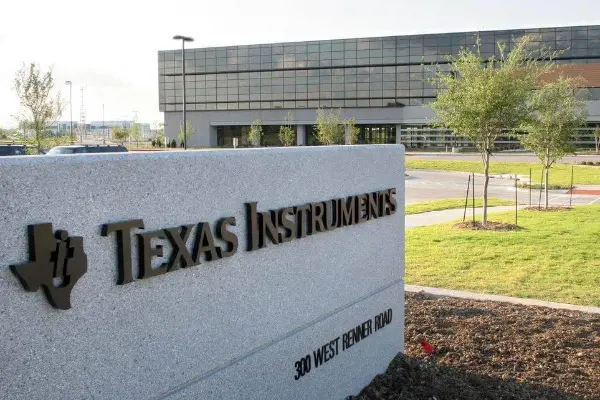
Texas Instruments Programmable Logic and...
Programmable logic controllers (PLCs) and programmable automation controllers (PACs) process and con...
Apr 26, 2023 Consumer Electronics

 Update Time: Apr 28, 2023 Consumer Electronics
Update Time: Apr 28, 2023 Consumer Electronics